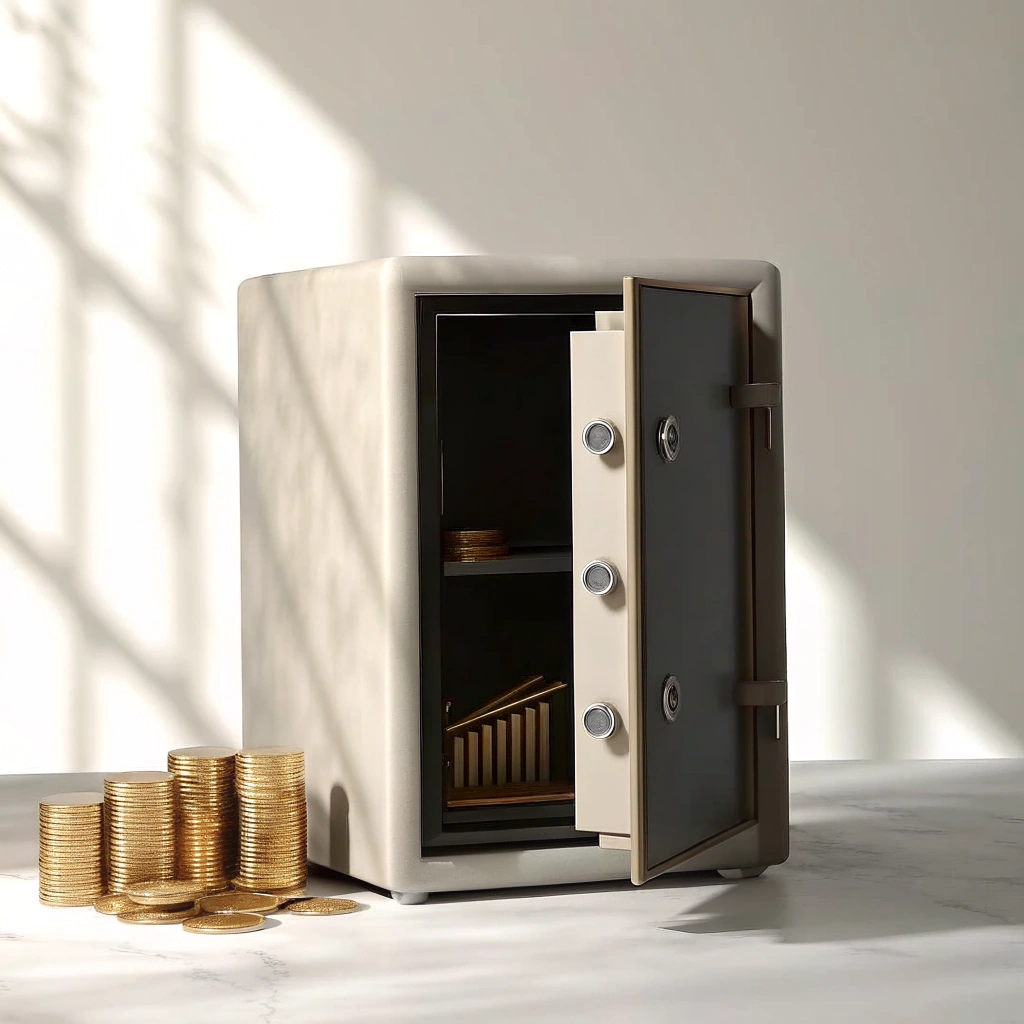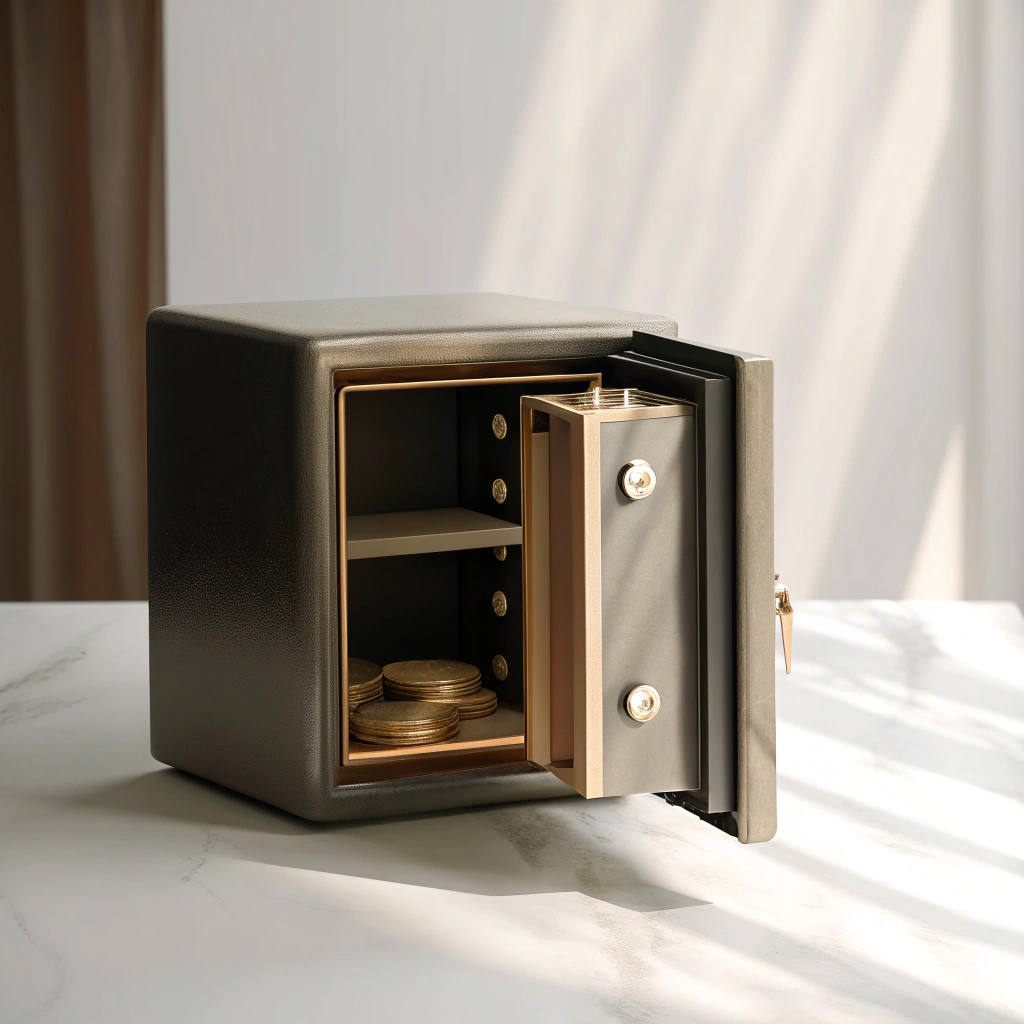
What Is Free Margin in Forex Trading?
In forex trading, free margin is defined as the part of your account equity that you’re able to use to open new trades. It’s different from your account balance or equity because it takes into consideration the margin that is in use by your open positions.
Key Concepts:
- Account Balance: The total funds in your account, before current open trades.
- Equity: Your account balance plus unrealized profit (or minus unrealized loss).
- Used Margin: The capital that is needed for maintenance of your current open positions.
- Free Margin = Equity minus Used Margin (determines your available capital to enter new trades).
You can think of free margin as the cash in your investment account you can “spend” without having it allocated to an active trade. Free margin is a buffer against new trade opportunities and for new risk.
How Free Margin Is Calculated
The formula is simple yet vital:
Free Margin = Equity − Used Margin
Example:
- Account balance: $10,000
- Open trades require $2,500 margin
- Current equity (after profits/losses): $11,000
Free Margin = 11,000−2,500 = 8,500
Your $8,500 free margin is the capital available to open new trades without risking a margin call.
Free Margin vs. Margin Level
Free margin tells you how much you can trade, while margin level tells you how safe your current positions are.
Margin Level (%) = (Equity/Used Margin) ×100
- A higher margin level indicates a safer account.
- Brokers may issue a margin call if your margin level falls below a certain threshold, automatically closing positions to protect both you and them.
Example Table: Free Margin vs. Margin Level
| Account Balance | Equity | Used Margin | Free Margin | Margin Level (%) |
| $10,000 | $10,500 | $2,000 | $8,500 | 525% |
| $10,000 | $9,000 | $2,000 | $7,000 | 450% |
| $10,000 | $7,500 | $2,000 | $5,500 | 375% |
Monitoring both metrics helps traders maintain control over risk exposure.
Why Free Margin Matters
Free margin is not just a number — it is a core component of strategic trading. Here’s why it is essential:
- Risk Management: Knowing your free margin prevents overexposure and margin calls.
- Trade Planning: Helps determine position sizes and whether you can open multiple trades simultaneously.
- Leverage Management: High leverage amplifies potential gains and losses; free margin ensures you maintain a buffer.
- Market Volatility Protection: Free margin acts as a shield against sudden market swings.
Factors That Affect Free Margin
- Market Movements: Unrealized losses reduce free margin, gains increase it.
- Open Positions: The more trades you have, the more capital is tied up, lowering free margin.
- Leverage: Higher leverage reduces the margin required per trade, but also increases risk.
Example Table: Impact of Leverage on Free Margin
| Account Balance | Leverage | Trade Size | Used Margin | Free Margin |
| $10,000 | 1:100 | 1 lot | $1,000 | $9,000 |
| $10,000 | 1:50 | 2 lots | $4,000 | $6,000 |
| $10,000 | 1:200 | 0.5 lot | $250 | $9,750 |
Leverage changes the free margin significantly, highlighting the need for careful calculation.
Visual Diagram: Understanding Free Margin
Diagram Concept (to visualize in article):
- Circle 1: Account Balance = $10,000
- Circle 2: Used Margin = $2,500 (overlaps with Account Balance)
- Remaining Area: Free Margin = $7,500 (highlighted as “available for new trades”)
This visual shows how equity, used margin, and free margin relate in a simple, intuitive way.
How to Increase Free Margin
- Close Losing Trades: Reduces used margin and frees up capital.
- Deposit Additional Funds: Directly boosts account equity.
- Reduce Position Size: Smaller positions require less margin.
- Use Stop Losses Wisely: Protects equity and prevents sudden free margin depletion.
Tip: Always monitor free margin dynamically — market fluctuations can quickly reduce your available capital.
Common Mistakes Traders Make
- Ignoring Margin Requirements: Opening trades without checking free margin can lead to immediate margin calls.
- Over-Leveraging: Excessive leverage can deplete free margin faster than expected.
- Neglecting Market Volatility: Sharp movements in open positions may wipe out free margin unexpectedly.
Practical Advice: Always calculate free margin before entering a new trade, and plan trades with risk buffers.
Free Margin in Action: A Scenario
Trader Profile:
- Account balance: $5,000
- Open trades margin: $3,000
- Equity after losses: $4,000
Step 1: Calculate Free Margin
Free Margin=4,000−3,000=1,000\text{Free Margin} = 4,000 – 3,000 = 1,000
Step 2: Attempt to open new trade requiring $1,500 margin → Not enough free margin
Step 3: Decide to either:
- Close a losing position to free up margin, or
- Deposit additional funds to increase equity
Lesson: Free margin acts as a “warning system” to prevent excessive exposure.
Conclusion

Free margin is a critical quantity in trading, as it connects equity, open positions, and anything to do with risk management. If you can learn how to calculate, understand its value, and readily manage leverage, you can:
- Open new positions strategically
- Protect against margin calls
- Utilize the best possible use of capital
Key Points:
- Free Margin = Equity – Used Margin
- Free margin variables are: leverage, market moves, and open positions
- Free margin is essential for risk-aware trading and stabilizing an account long-term
